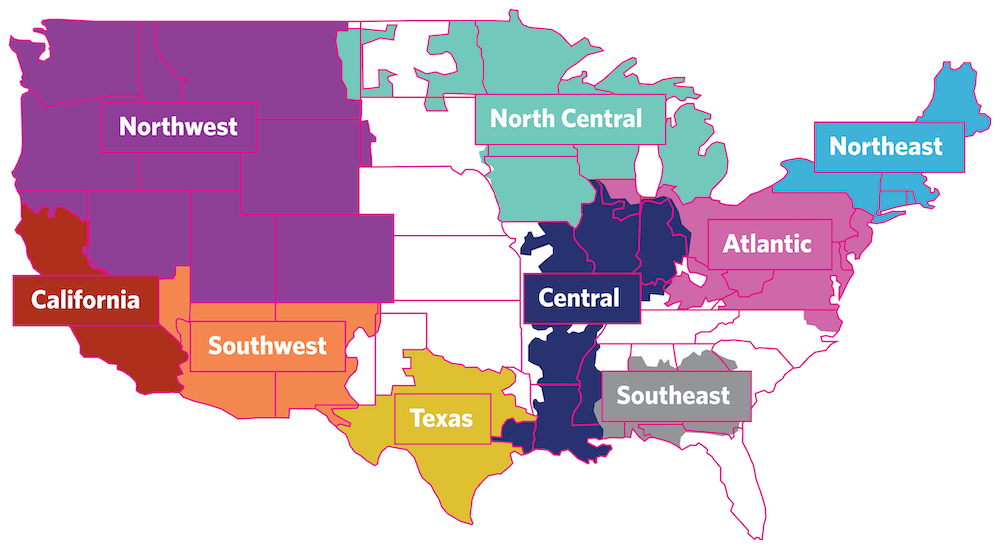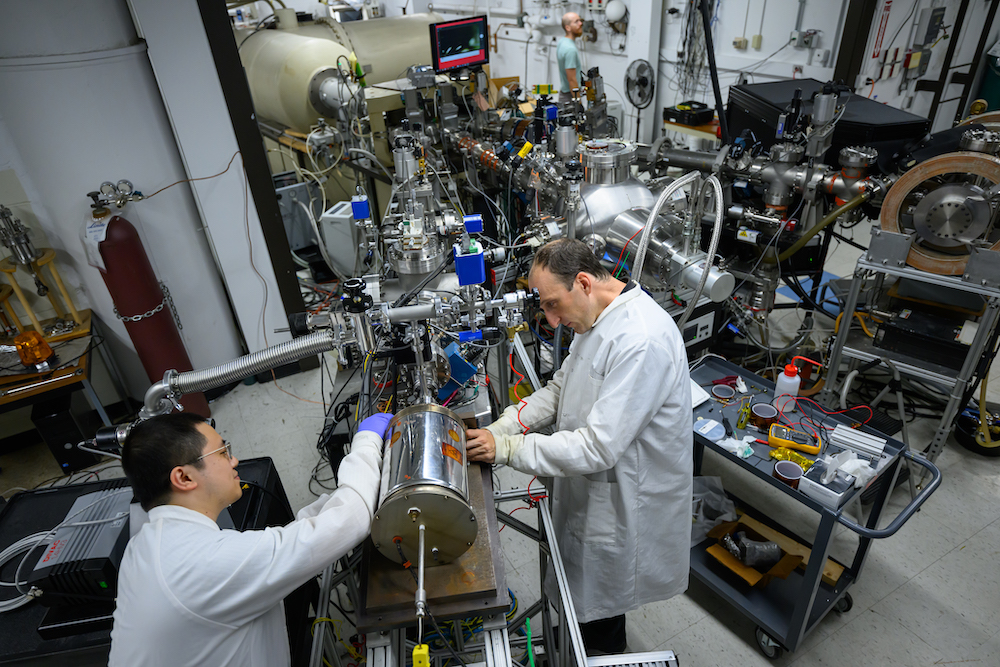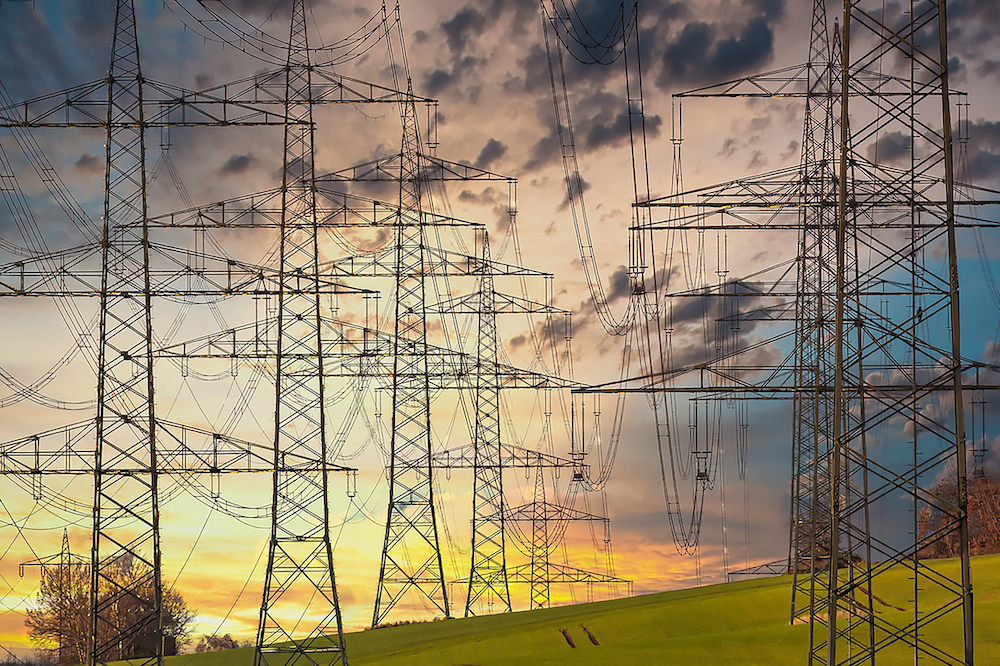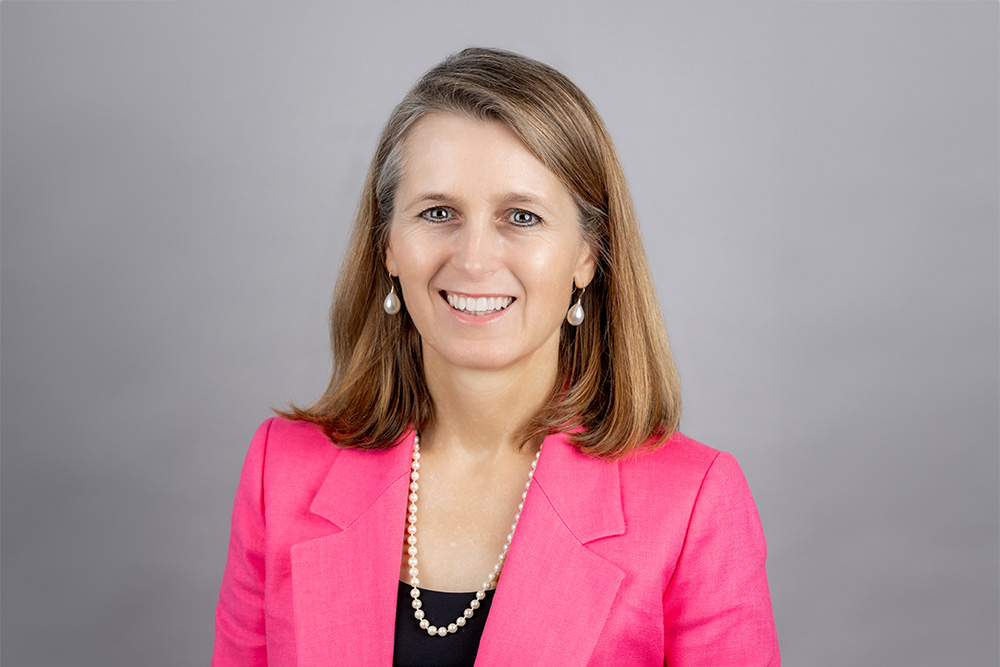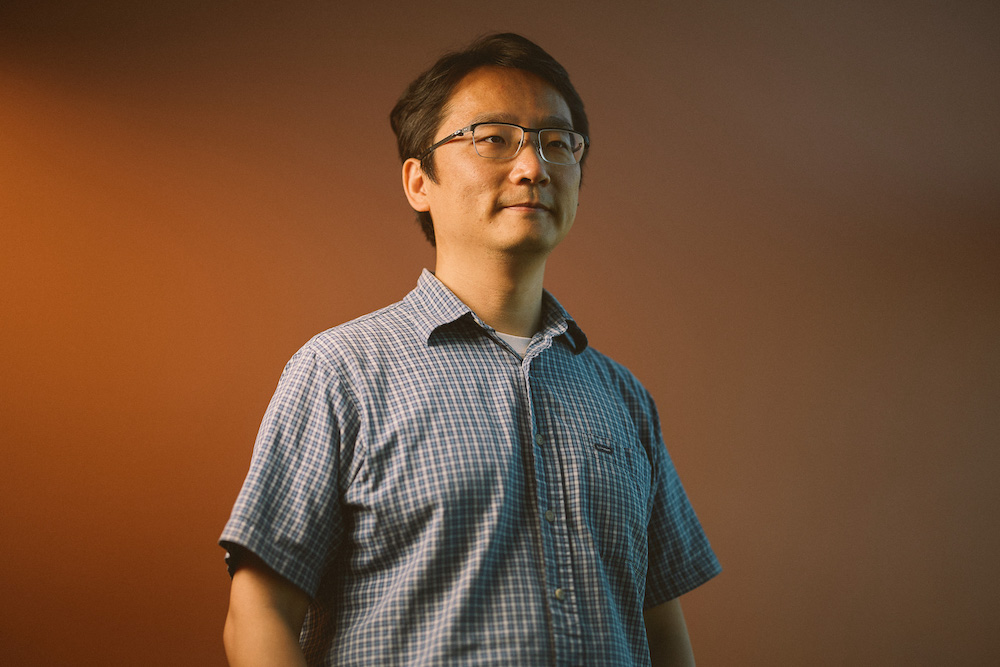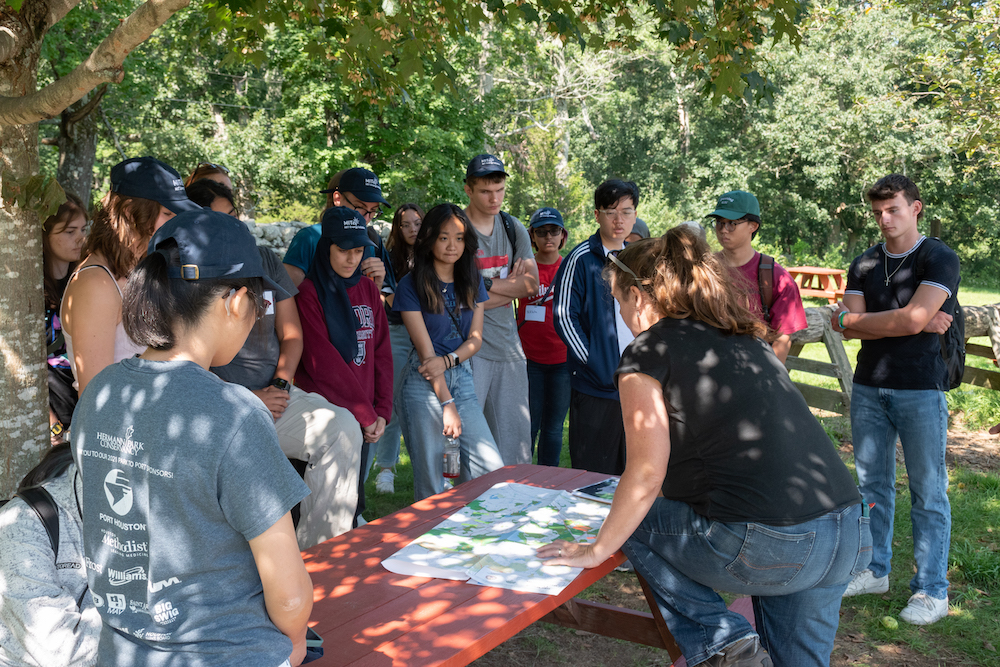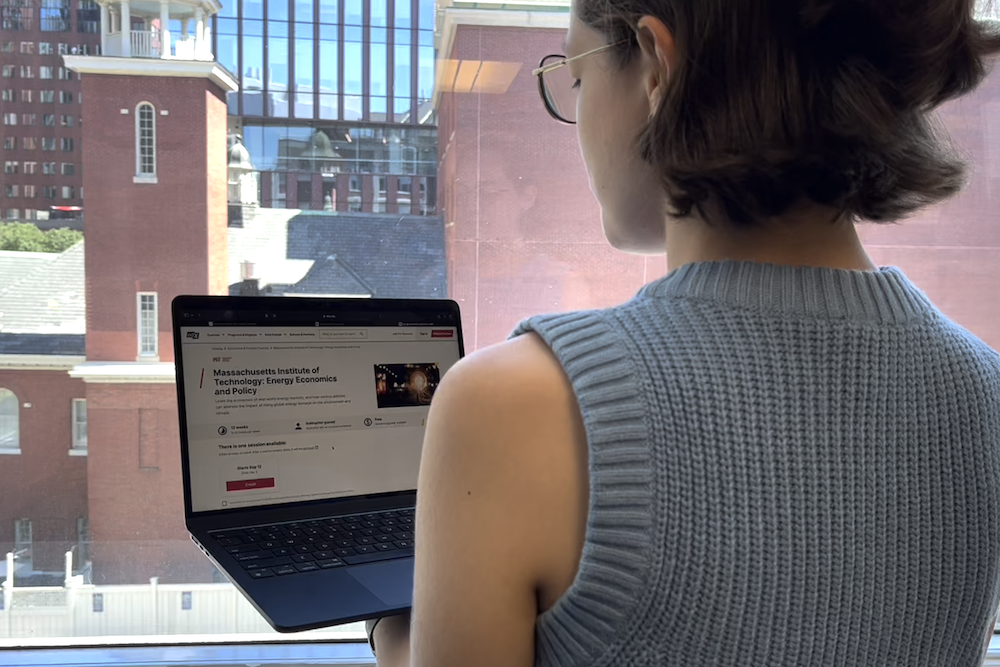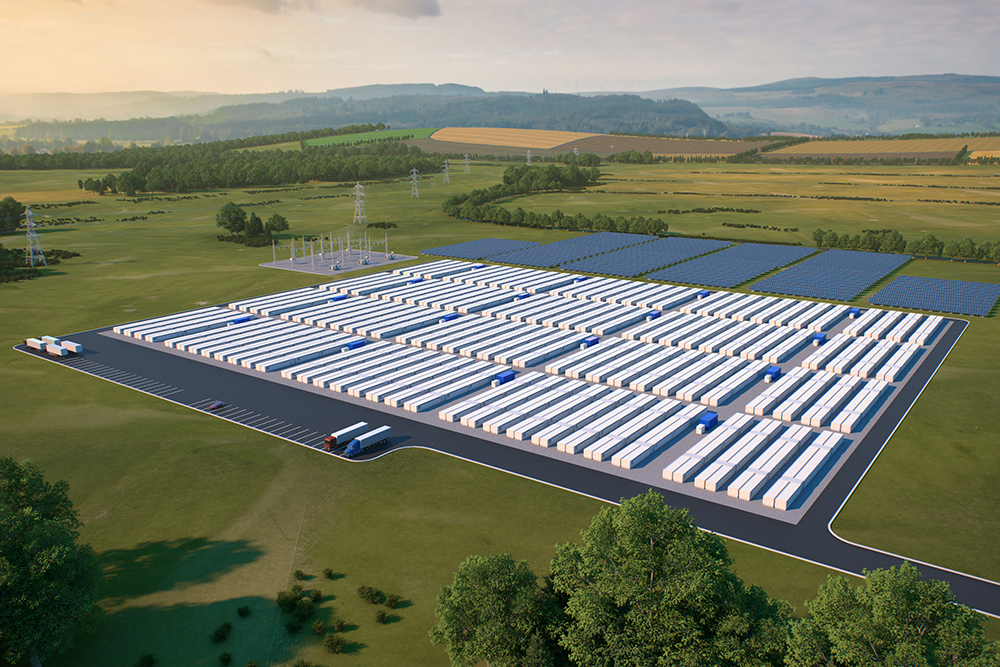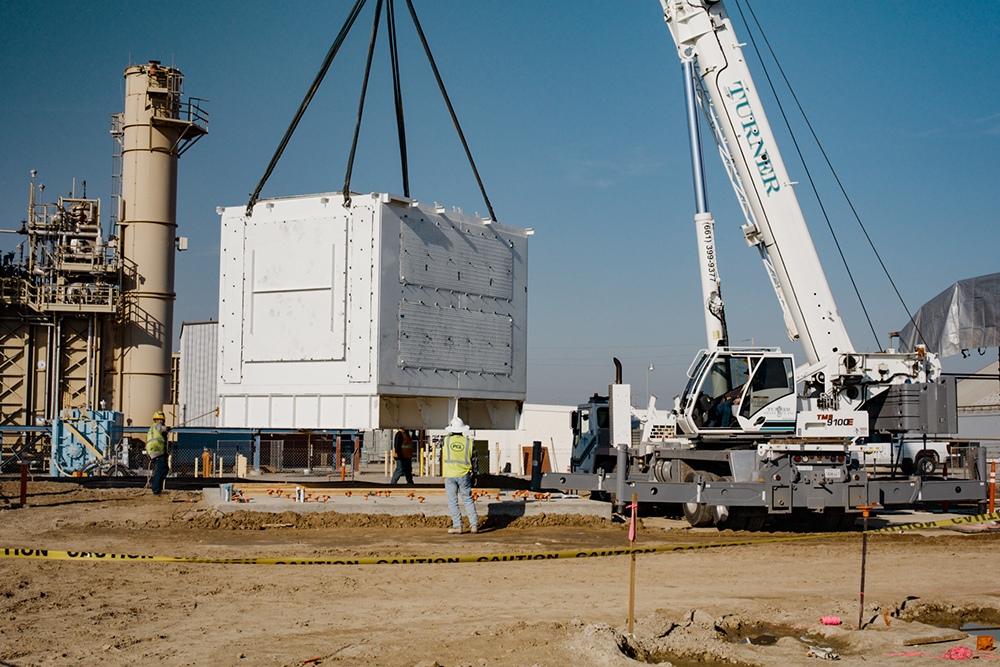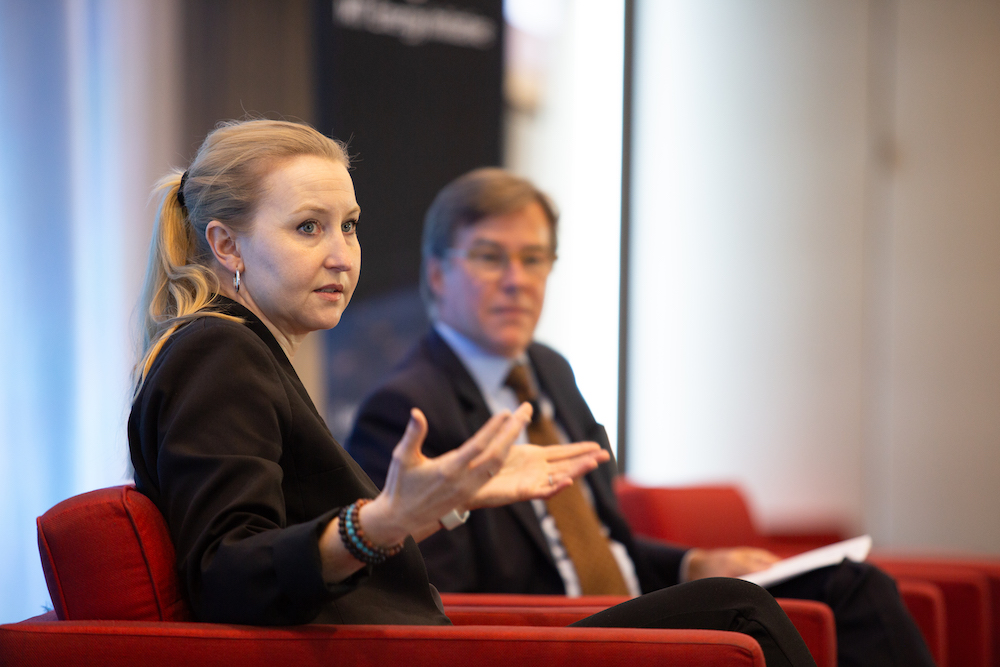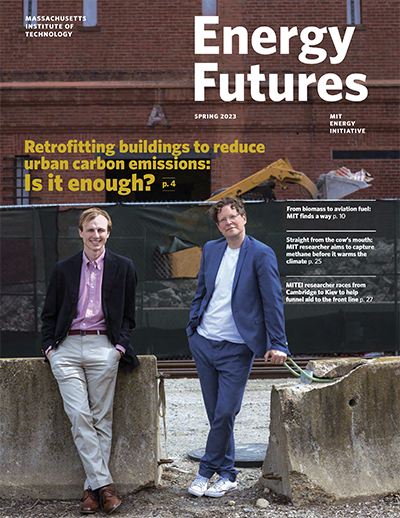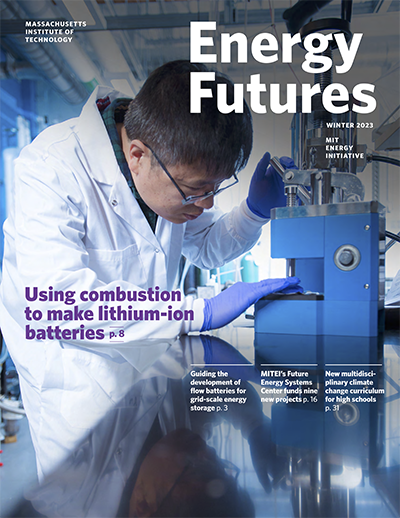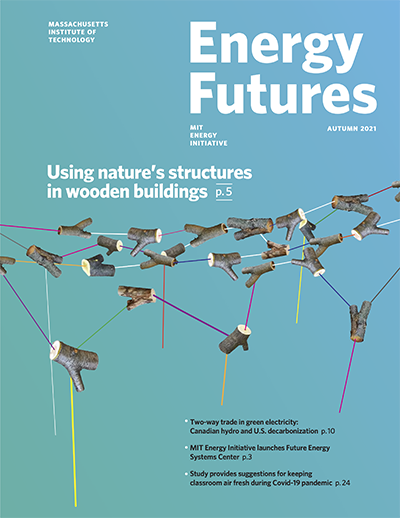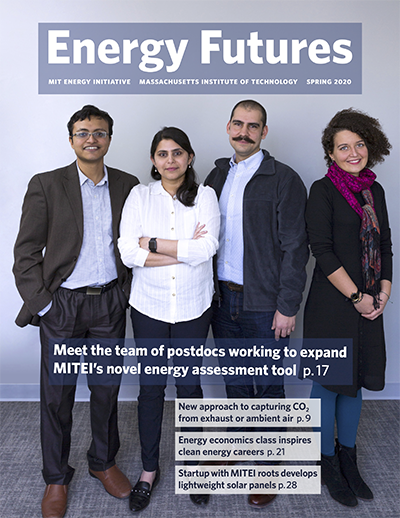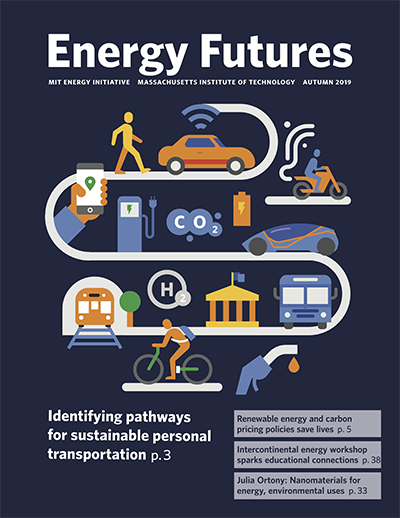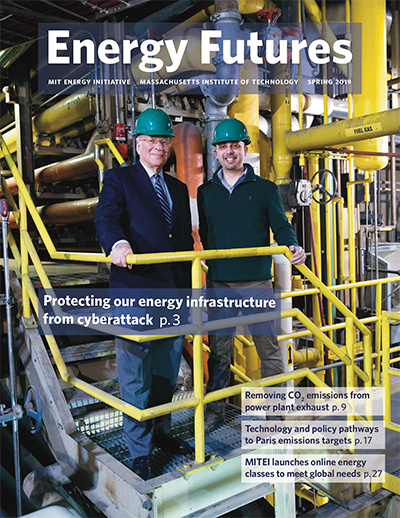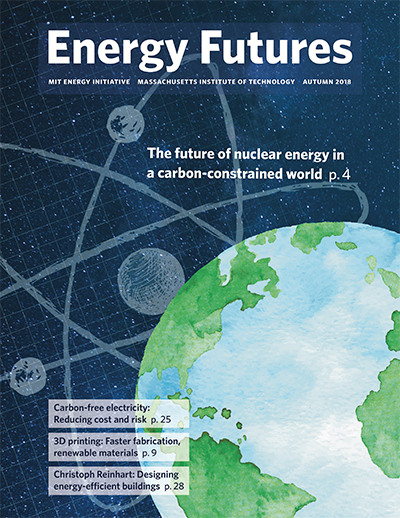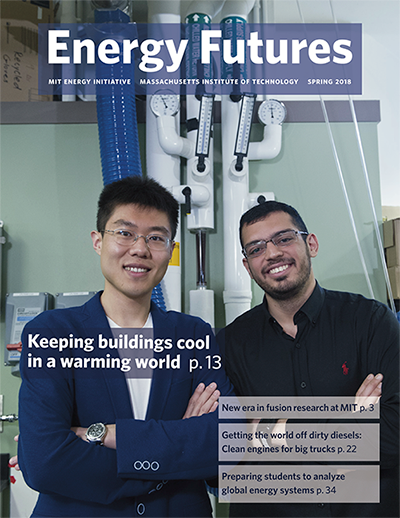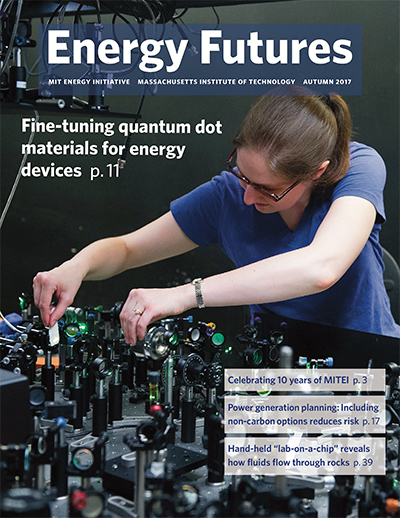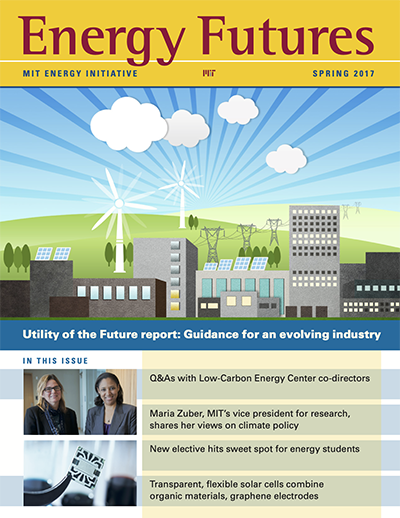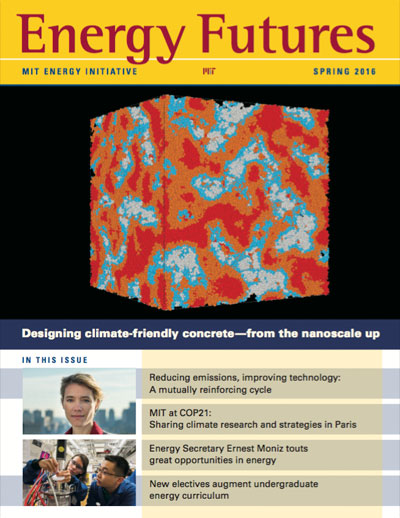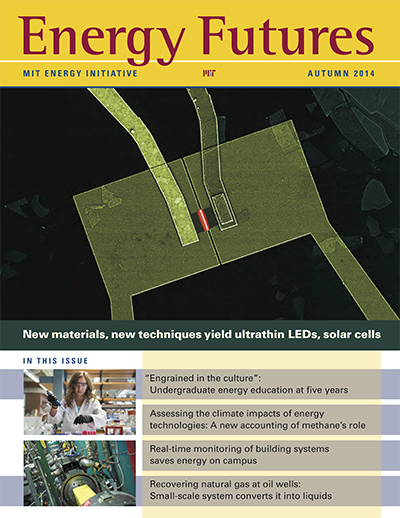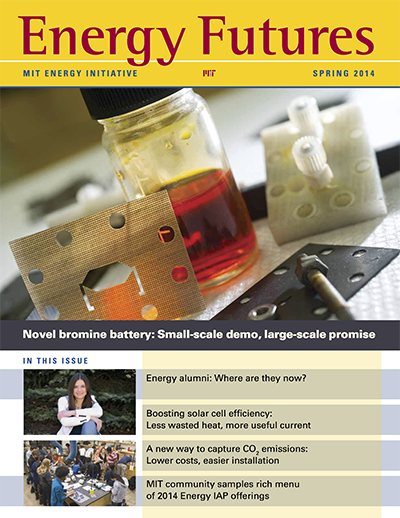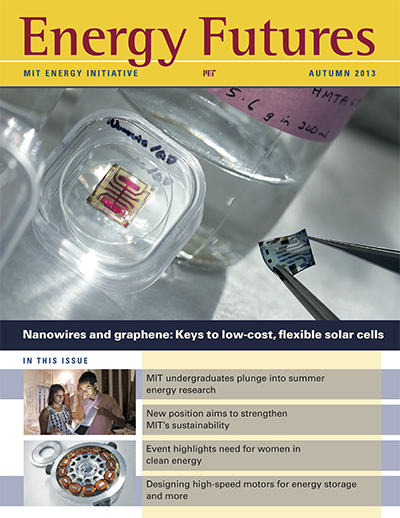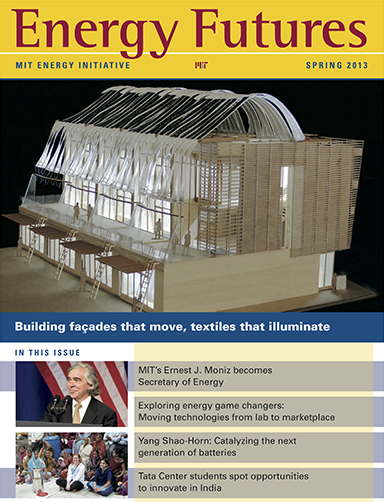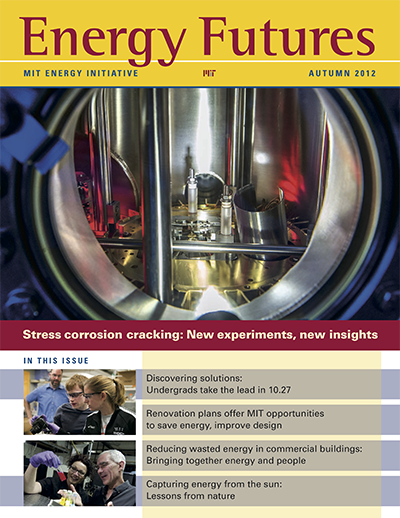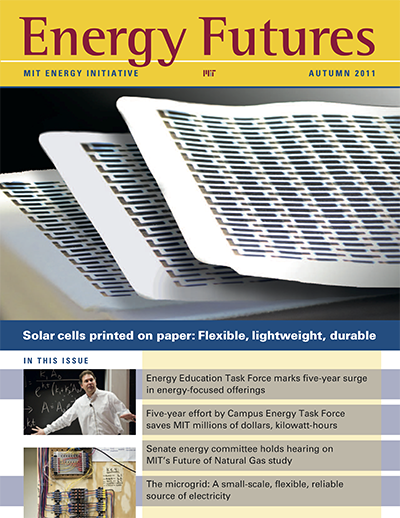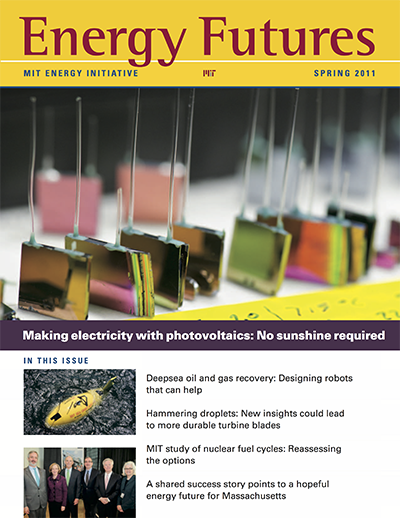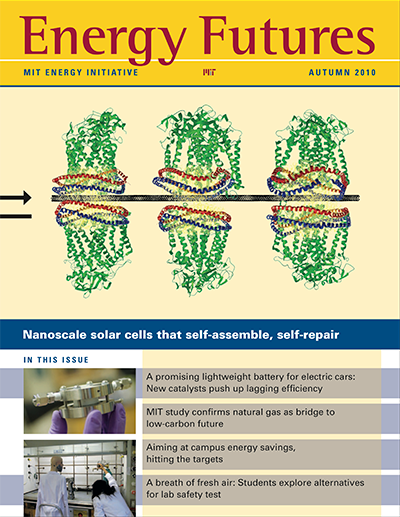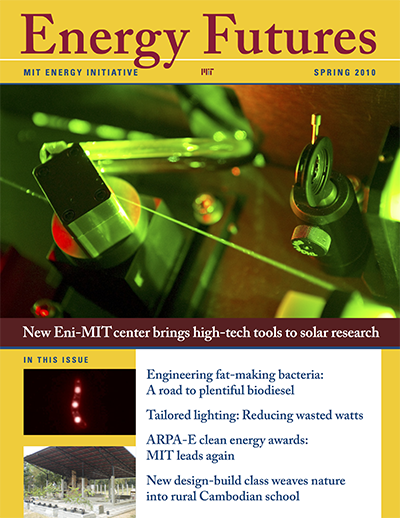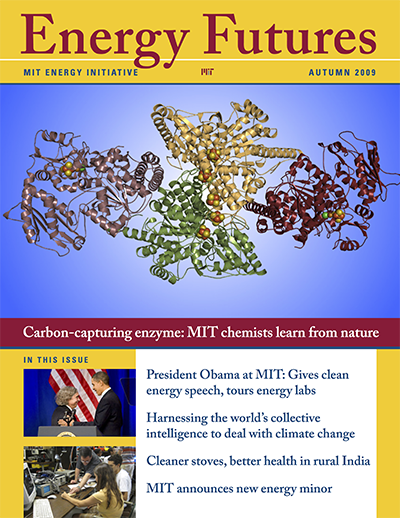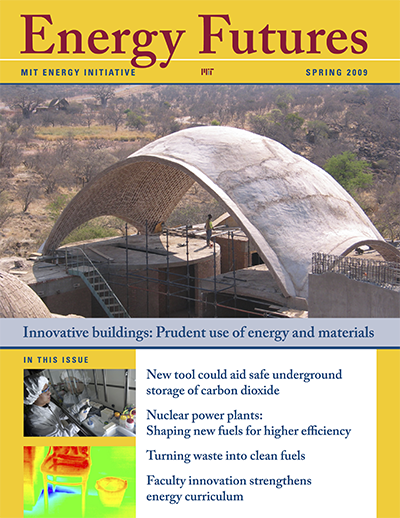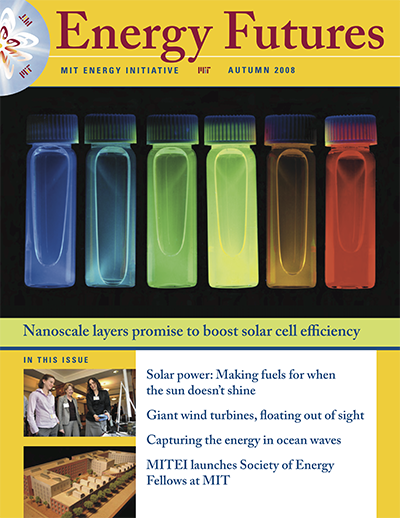Letter from the director
Dear friends,
We have experienced an exceedingly busy—and inspirational—fall semester at MITEI. As we work to reform our energy system to address climate change—an effort that will require overcoming many challenges—here at MIT, there is hope. You will find that hope in these pages.
In September, MITEI hosted the Women in Clean Energy Education and Empowerment (C3E) Symposium, and it delivered on its topic: “Clearing hurdles to achieve net zero by 2050: Moving quickly, eliminating risks, and leaving no one behind.” Also in September, our Annual Research Conference highlighted strategies for large-scale reductions in greenhouse gas emissions. In a keynote address, Jonah Wagner, chief strategist of the U.S. Department of Energy’s Loan Programs Office, said, “Most of the technologies that we need to deploy to stay close to the international target of 1.5 degrees Celsius warming are proven and ready to go.”
This edition of Energy Futures overflows with reporting on ground-breaking research from across the Institute. Our cover story addresses a major concern in designing promising nuclear power reactors based on molten salt—that radiation inside a nuclear reactor may increase the rate at which the salt corrodes and weakens metal components. In a specially designed experimental setup, the researchers found that radiation can decelerate corrosion in some metals under some conditions.
We also explore the development of an online model that enables users to determine the lowest-cost strategy for decarbonizing a selected U.S. regional power grid. In case studies, the researchers confirmed that the best strategy differs widely from region to region, and they uncovered an unexpected benefit of having both solar and wind resources available.
This year’s MITEI Seed Fund Program awarded $900,000 in grants to six novel projects that show promise for high-impact, transformative energy research. Among the projects is one that will assess the environmental, sustainability, and governance metrics now used by financial institutions to measure the impacts of mining for minerals needed for clean energy technologies. To date, the Seed Fund Program has supported 209 energy-focused projects with grants totaling $28.7 million.
As always, education is a central focus of MITEI and Energy Futures. You’ll read about fourth-year dual-degree MBA and chemical engineering PhD student Sydney Johnson, who has been modeling and analyzing ways to decarbonize steel manufacturing. You will also learn about a new MITEI series of online courses in sustainable energy, design, transportation, and policy. And don’t miss the story about the MIT Electric Vehicle Team’s work to build and track-test a hydrogen-powered electric motorcycle—with an eye on a future hydrogen-based transportation system.
We visit with Catherine Wolfram, the William F. Pounds Professor of Energy Economics at MIT Sloan, who is exploring ways to decarbonize global energy systems while also recognizing that energy plays a central role in spurring economic development. While serving in the U.S. Treasury Department from 2021 to 2022, Wolfram played a key role in setting a price cap on Russian natural gas after Russia invaded Ukraine.
The MIT-spinoff energy startup ecosystem also serves as a source of hope. We feature two startups in this edition. Form Energy is leveraging MIT research to manufacture batteries based on iron and air to help incorporate renewables into the grid. And Antora Energy is commercializing a thermal battery that stores electricity as heat when wind and solar generation is high and delivers either heat or electricity to large-scale manufacturers to reduce their use of fossil fuels.
I hope you will enjoy reading more about our work here at MITEI, MIT’s hub for energy research, education, and outreach. As we push forward with our urgent efforts to transform the energy system, I thank you for your interest and your support.
With best wishes,

